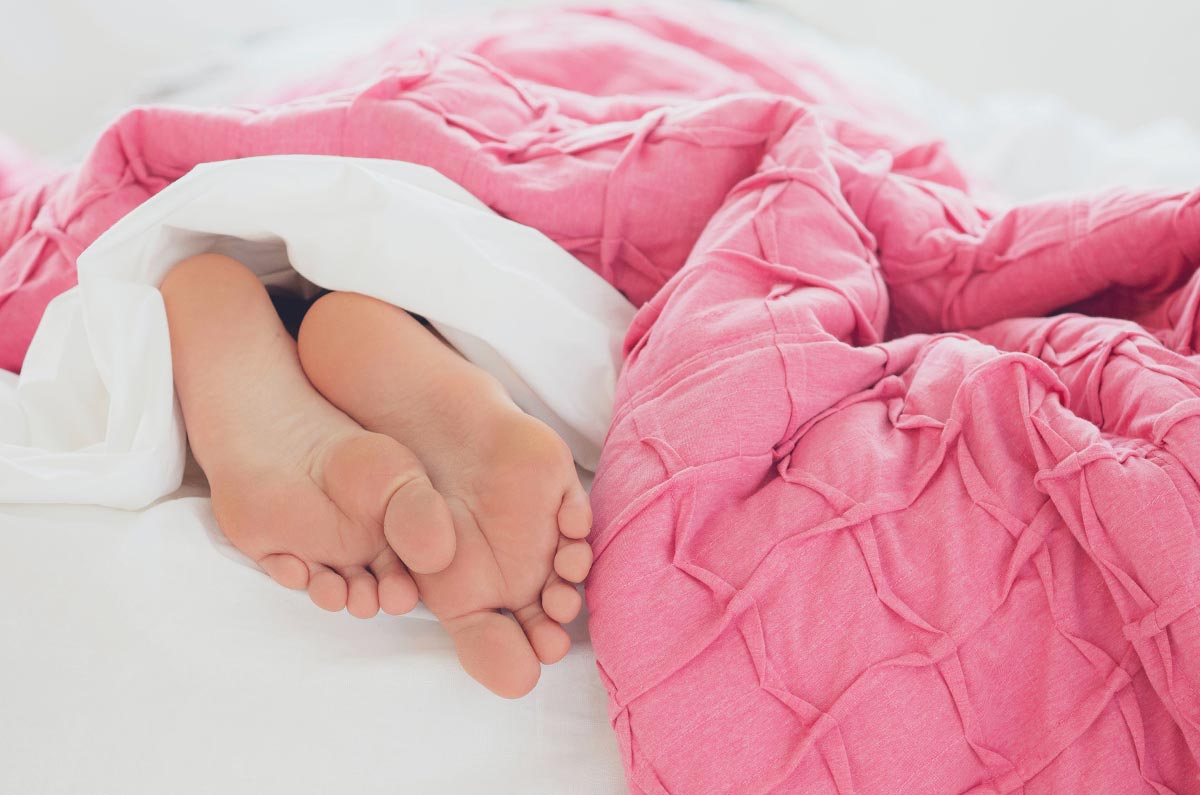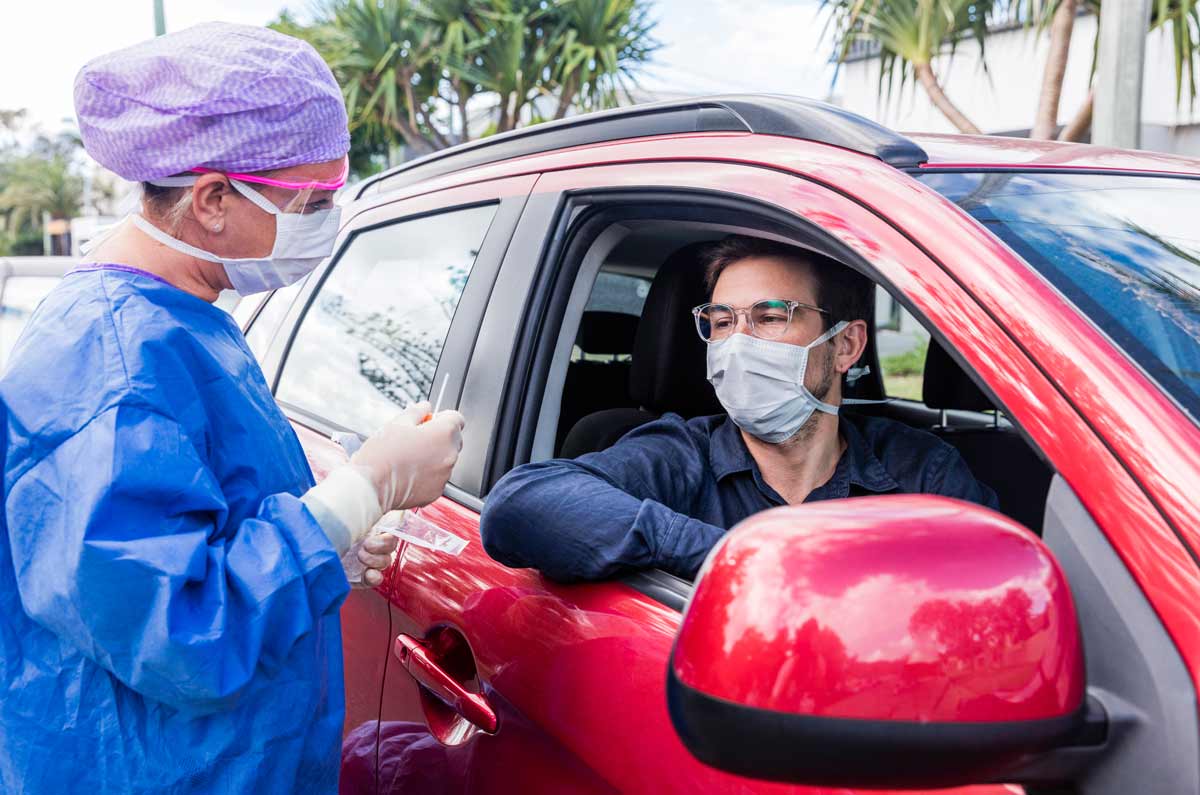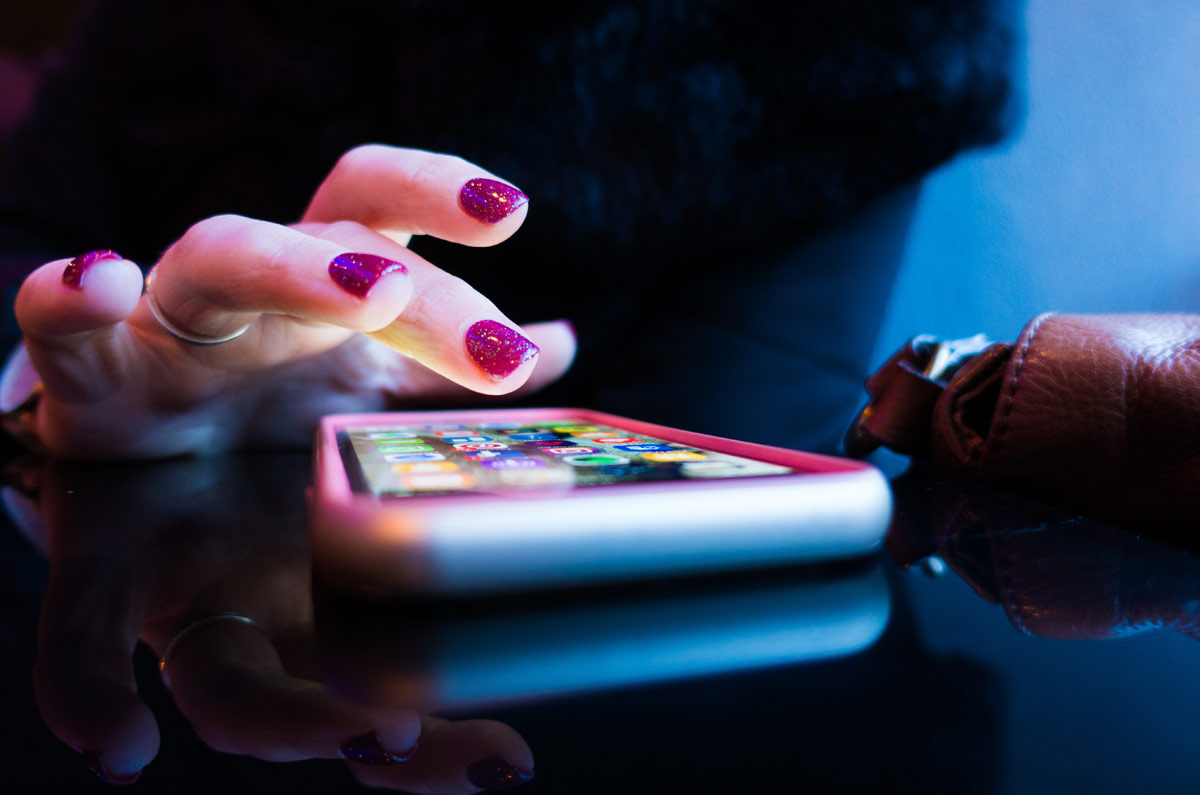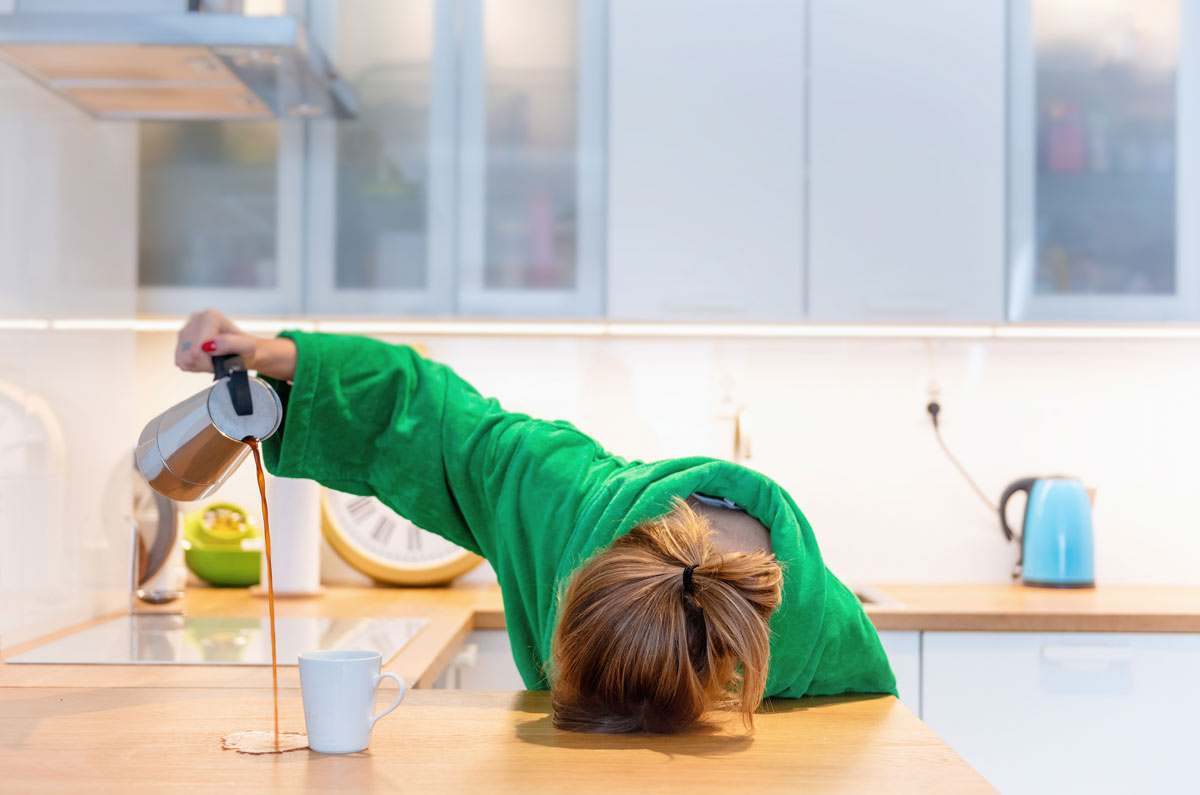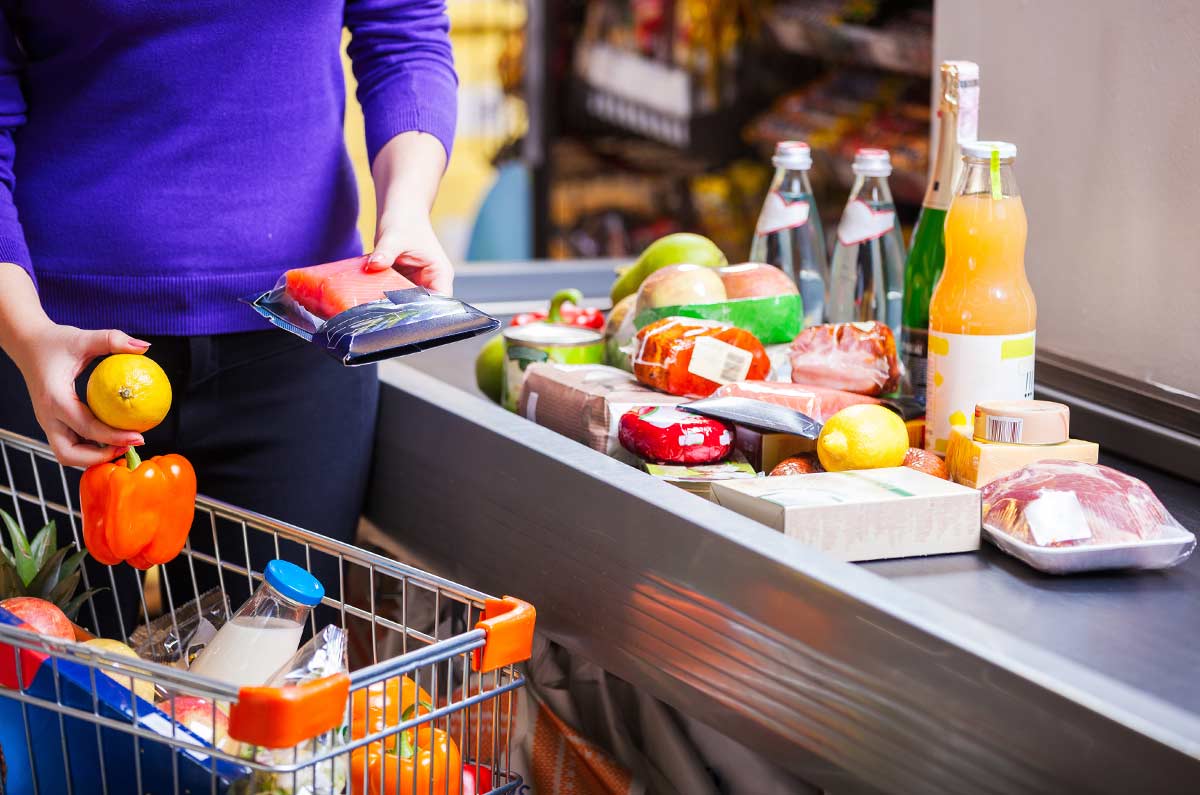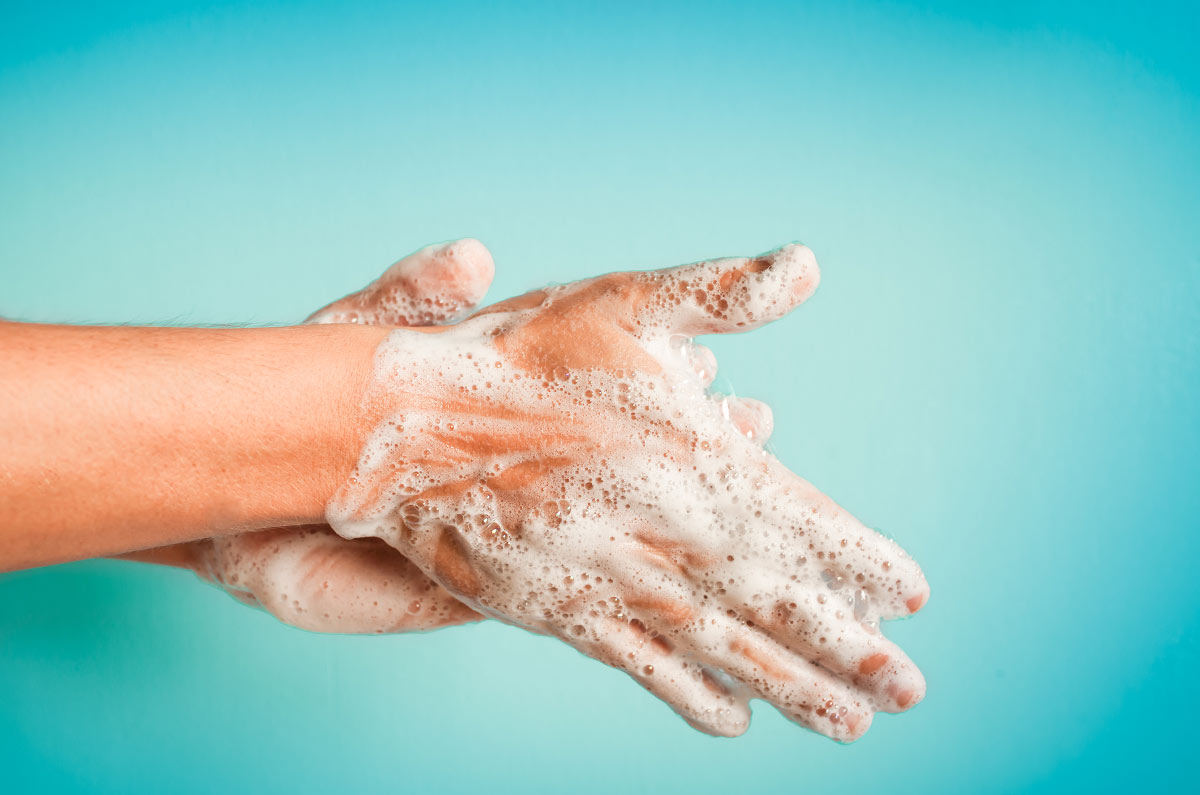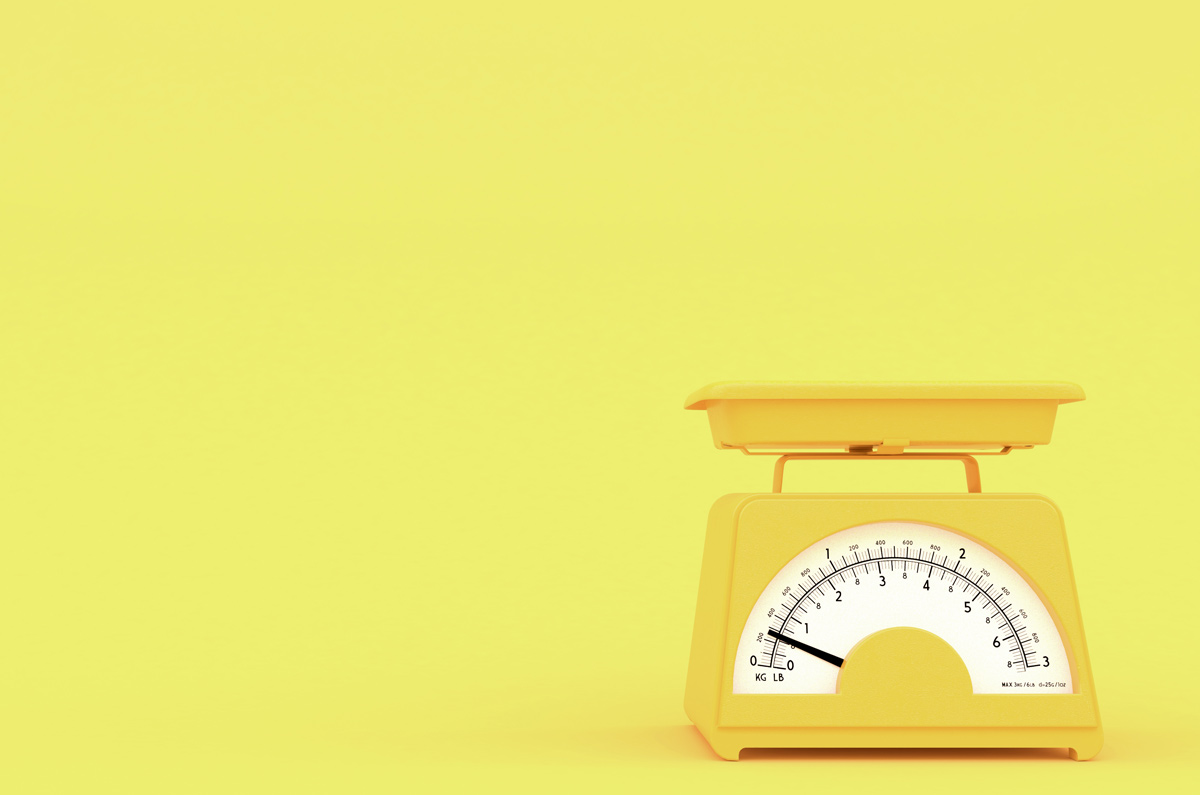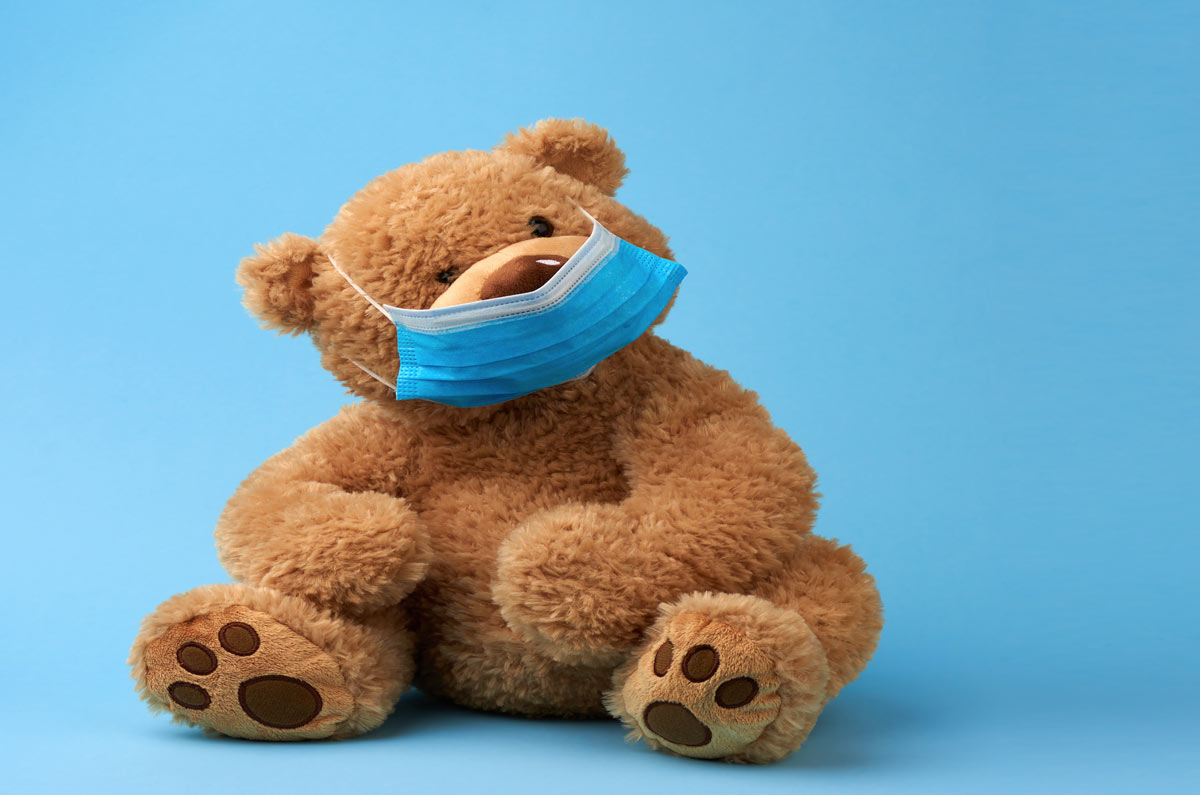Hands up if you’re feeling tired at the moment? Or if you’re too weary to raise your hand, just a brief nod will do it. It seems like we’re a nation of tired people at the moment (?).
Why is this? We’re not going out like we used to, to the movies, restaurants, family gatherings, to see friends, sports events, or take the kids to all of their extra-curricular activities. We should be swimming in time and feeling relaxed and rested, right?
Ah, no.
We’re stressed
Stop me if you’ve heard this before but we’re going through unprecedented times. This pandemic is causing massive disruptions to our lives, our families, our work and our routines. This constant uncertainty causes us to feel stressed. All the time.
When we’re stressed our bodies release adrenaline. It’s so we can react to a crisis, the old ’fight or flight’ response. But when the stress is constant, as many of us are feeling at the moment, this has an effect on our health – including making us feel physically and mentally tired.
There are lots of things you can do to manage stress. By understanding what’s causing your stress, you can start to manage it. This may include things like developing a new routine (and sticking to it), exercising, talking with your family about how you’re feeling, finding ways to relax, making sure you’re eating a healthy diet and drinking enough water, getting a good night’s sleep and avoiding excessive use of alcohol and other drugs.
We’re staying indoors more
Because of restrictions we’re staying inside our homes more. So we’re not getting exposed to as much sunlight as we normally would. A lack of sunlight causes the brain to produce more of the hormone melatonin, which makes us sleepy.
To deal with this, schedule time every day to go outside for a walk or stroll in your yard, open your blinds or curtains as soon as you get up and expose yourself to as much sunlight as you can. It’ll help you feel more awake and improve your mood. Just think how much better you feel after being stuck indoors when you get out into the sun. It makes you feel so much more energetic and alive! So this one’s a no brainer. We just have to make time to do it.
We’re sleeping less (or more) than usual
Let’s face it, since this all started our usual everyday routines have been shot to pieces. Work, home life, family, socialising, shopping – it’s all so different at the moment. When you add stress to the mix, our sleep is often affected.
You may find you’re sleeping less than usual because you’re working long hours to catch up on work after spending the day home schooling the kids, or you’re watching more TV and spending more hours online, or stress is causing you to feel more pain and you’re having issues sleeping through the night.
Or you may be sleeping more – trying to rid yourself of this constant feeling of tiredness, or because you’re bored, or because it’s cold outside and you’re feeling cosy and warm indoors, or because you’re feeling sad. Not enough sleep, too much sleep and poor quality sleep will all increase how tired you feel.
That’s why it’s important that you stick to a sleep schedule – even on the weekends. Get out of bed in the morning and go to bed at night, at the same time every day. Your body needs this regularity for your internal clock to function properly, and to help you fall asleep and wake up more easily and feeling more refreshed.
And if you’re regularly finding it difficult to sleep or get out of bed because you’re feeling really sad or down, it’s a really good idea to talk with someone about this, whether it’s family, a close friend or your doctor. Please don’t ignore this.
We’re exercising less
Many of us are finding we’re exercising less because we don’t have access to our warm water exercise classes, tai chi, gyms and exercise groups. Not getting enough exercise can make you feel sluggish and tired. If this continues for some time, we start to get out of shape and feel less inclined to exercise. So it’s really important to make exercise – whether it’s online videos and apps, walking, dusting off your old exercise DVDs, or dancing around the living room – an essential part of your everyday routine. And get the family involved. Everyone needs to be exercising and staying active for our physical and mental wellbeing. If you’re home alone, use a video app to call a friend and exercise together. You’ll find you’ll feel more energised and happier when you’re exercising regularly.
We live with chronic conditions
Apart from all of above affecting how tired we’re feeling, we live with chronic musculoskeletal conditions and other health issues. These often cause us to feel fatigued. Many of our medications and living with chronic pain can also make us feel excessively tired. When you add a pandemic on top of that, the unique issues you’re facing – how the virus may affect you, worry about being more at risk, how to safely access your healthcare team, navigating telehealth – it can heighten you’re feelings of fatigue.
Many of the things we’ve looked at – such as establishing a routine, getting adequate sleep, eating well, exercising and staying connected with your family, friends and work colleagues will help you with some of these issues.
You can also get help from your GP and from the nurses on our Help Line. Contact a peer support group or go online and connect with others dealing with similar things. Even just talking with others who know exactly how you’re feeling can help you feel less isolated.
We may need to talk with our doctor
Finally if you’re concerned that your tiredness is due to more than just the reasons listed above, it might be worth talking with your doctor about it. Your tiredness may be caused by other things like vitamin deficiency (for example iron and vitamin D), side effects of your medications, feeling sad, anxious or depressed or it may indicate another health issue. So make an appointment to discuss it with your doctor – either in person or via a telehealth consultation.
Contact our free national Help Line
If you have questions about things like COVID-19, your musculoskeletal condition, treatment options, telehealth, managing your pain or accessing services be sure to call our nurses. They’re available weekdays between 9am-5pm on 1800 263 265; email (helpline@msk.org.au) or via Messenger.
More to explore
- Managing fatigue
Versus Arthritis(UK) - No wonder isolation’s so tiring. All those extra, tiny decisions are taxing our brains
The Conversation, 1 May 2020 - Why am I so exhausted? How to combat the unexpected side effects of coronavirus isolation
7News, 9 April 2020 - Here is why you might be feeling tired while on lockdown
The Conversation, 7 April 2020 - 5 ways to wipe out winter tiredness
NHS (UK) - Does your self-care plan need some TLC?
Musculoskeletal Australia - Getting a good night’s sleep
Musculoskeletal Australia
Photo by Tracey Hocking on Unsplash

